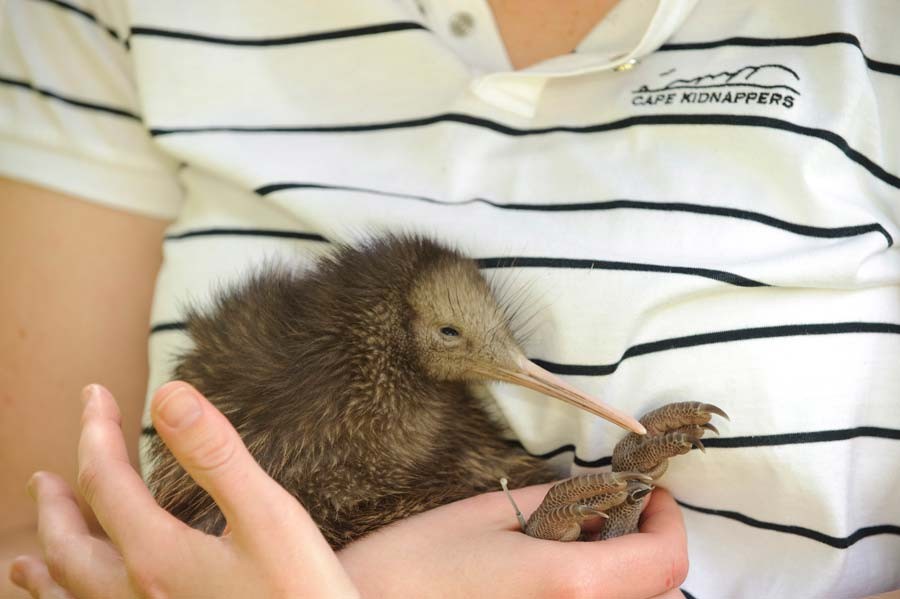Opportunities to travel on the water in New Zealand are almost endless, from short inner-city commuter trips to island-to-island travel.
Cook and Foveaux Strait
Our most famous ferry route is from Wellington to Picton, on the Interislander or Bluebridge ferries. Both transport people and vehicles, have restaurants and movie theatres on board, and have bookable guest lounges or sleeper cabins.
Along with it being a practical way to travel between islands, the sights aren’t bad either, with a long weave through the Marlborough Sounds, and dolphin, whale and fur seal sightings are common.
Further south, the Stewart Island Ferry transports people across Foveaux Strait between Bluff and Oban.
City travel
Auckland, Wellington and Christchurch all have ferries linking different parts of the city.
In Auckland, ferry travel is easy as taking a bus, with services linking the city centre to as far south as Pine Harbour, as far north as the Whangaparoa Peninsula, and all the way out to Waiheke Island, Coromandel and Great Barrier Island.
In Wellington, ferries link the city with Day’s Bay, Seatoun, and the scenic Matiu Somes Island.
In Christchurch, a ferry can take you from Lyttelton to Diamond Harbour, as well as to the fascinating ex-quarantine station on Quail Island.
While it might not count as 'city' transport, one of the country’s coolest ferries transports vehicles and passengers from Rawene to Kohukohu in Hokianga. It takes 15 minutes and costs just $2 per person.
Sightseeing ferries
Scenic boat trips are dotted all around the country, with ferries ready to transport you across to some of the islands that dot our perimeter. Many of these are absolute highlights of any local holiday, like the wild Great Barrier Island or the bird-filled Tiritiri Matangi.
Water taxis
Water taxis are smaller boats that are usually used to transport people to hard-to-reach places, like to the start of tramping tracks deep in a national park. Water taxis can take you all across the Abel Tasman and Queen Charlotte coasts, to the start and off the end of the Milford Track, and around Stewart Island, among many others.




















